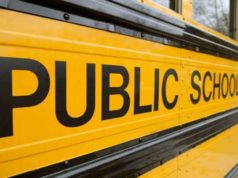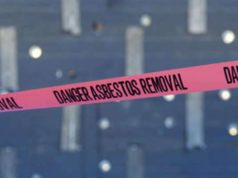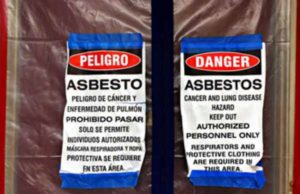
What is Asbestos Insulation?
Asbestos is a naturally occurring silicate mineral which was widely used for construction and insulation purposes in commercial and private real estate properties. The mineral was used for insulation because its inherent characteristics acted as a flame and heat retardant source for pipes, dry wall, and seemingly any other product that is used in the construction of structures. When used for insulation purposes, asbestos fibers were commonly mixed with cement or woven into fabrics to carry out the mineral’s intended role.
When asbestos is used for insulation, it is necessary to take part in a remediation process to ensure that the flakes do not chip off from the source. When asbestos fibers are airborne and inhaled by people, they pose an enormous threat in the form of lung cancer or asbestos-based mesothelioma. When inhaled, the particles stick to an individual’s lungs and, over a period of time, eat away at the mucus lining of the respiratory system. As a result of this great risk, asbestos use has severely waned, and in many cases has become illegal in modern times.
Dangers of Asbestos Insulation
Although asbestos is not used for insulation purposes anymore, the mineral still poses a serious threat to human health. New construction projects will invariably incorporate alternative sources to insulate pipes or structures. However, older buildings are still riddled with asbestos insulation. As a result of this, it is necessary during renovation or demolition projects to properly survey the structure for the presence of asbestos. A failure to conduct a survey and continue with the project can result in the disruption of asbestos.
When asbestos flakes become airborne, the inhalation of such remnants can lead to several forms of cancer. The most notable disease or ailment attached to the chronic inhalation of airborne asbestos particles is mesothelioma—a rare cancer that disrupts the linings of various organs in the body. Contact asbestos lawyers for legal advice and assistance.
Asbestos Pipe Insulation Remediation Process
Because pipes can easily crumble, the asbestos pipe insulation process must be removed by properly licensed and trained asbestos professionals or contractors. Individual states incorporate laws for the removal of asbestos. A failure to meet your particular state’s safety regulations or incorporate a professional in the removal of asbestos will result in a hefty fine, or if the process results in an injury or the development of an asbestos based disease, a potential lawsuit.
To avoid these problems you must meet your state’s specific requirements on asbestos removal clothing. Safety goggles, boot covers, and disposable garments (including gloves) are considered the appropriate attire for the remediation process. The contractors on the jobs must be equipped with high-efficiency particulate purple-coded respirators and a shower and change area must be established before the remediation process can begin.
In addition to the attire, the work area must be properly designated and equipped with signs to denote that a remediation process is underway. Failure to label the appropriate area will result in a fine and a possible termination of the remediation process.
The remediation process refers to the removal of asbestos insulation to diminish the likelihood of developing lung cancer or other asbestos-related diseases. When left alone, asbestos does not pose a threat to human beings. However, when the insulation is disrupted or touched, asbestos particles will flake off and become airborne. As a result of this danger, the asbestos must be soaked with water before the remediation process can begin. When soaked, the asbestos will clump off and the threat of airborne particles will be diminished.
What to do if Asbestos Insulation has Caused an Injury or Disease
If you or a loved one has suffered an injury as a result of exposure to dangerous asbestos particles or asbestos insulation, you may be eligible to seek compensation for the pain and suffering incurred. If you or a loved one has developed mesothelioma or a similar asbestos-related condition as a result of exposure, you should confer with an asbestos attorney who will advise you of your rights.





























